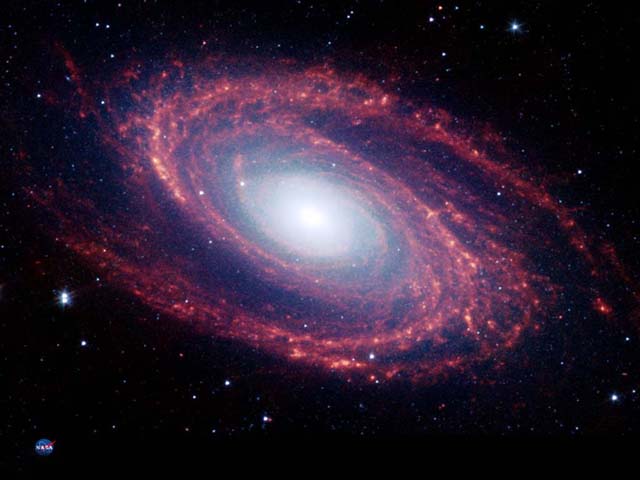
Pathologists and astronomers have identified biomarkers in breast tumours using a technique originally developed to spot distant galaxies.
Cambridge scientists have honed techniques originally developed to spot distant galaxies and used them to identify biomarkers that signal a cancer’s aggressiveness among some 2,000 breast tumours, in a study published in the British Journal of Cancer today, 20 February.The findings mean that the age-old practice of pathologists looking down the microscope to spot key differences in the staining of tumour samples could one day become a thing of the past.
To develop this new automated approach the researchers, from the Cancer Research UK Cambridge Institute, the Department of Oncology and the Institute of Astronomy at the University of Cambridge, adapted techniques used by astronomers to automatically pick out indistinct objects in the night sky.
They applied these to immunohistochemistry (IHC), which relies on pathologists being able to distinguish subtle differences in the staining of tumour cells down the microscope, depending on the specific proteins they express.
To road test the new approach they used it to measure the levels of three different proteins linked to more aggressive cancers, across tumour samples from more than 2,000 breast cancer patients.
They compared the accuracy of manually scoring these results, by observing the staining of the tumour samples down the microscope, versus relying on a computer to do this automatically. This showed that the new automated system was at least as accurate as the manual one, whilst at the same time being many times faster.
1 Feb 2013















